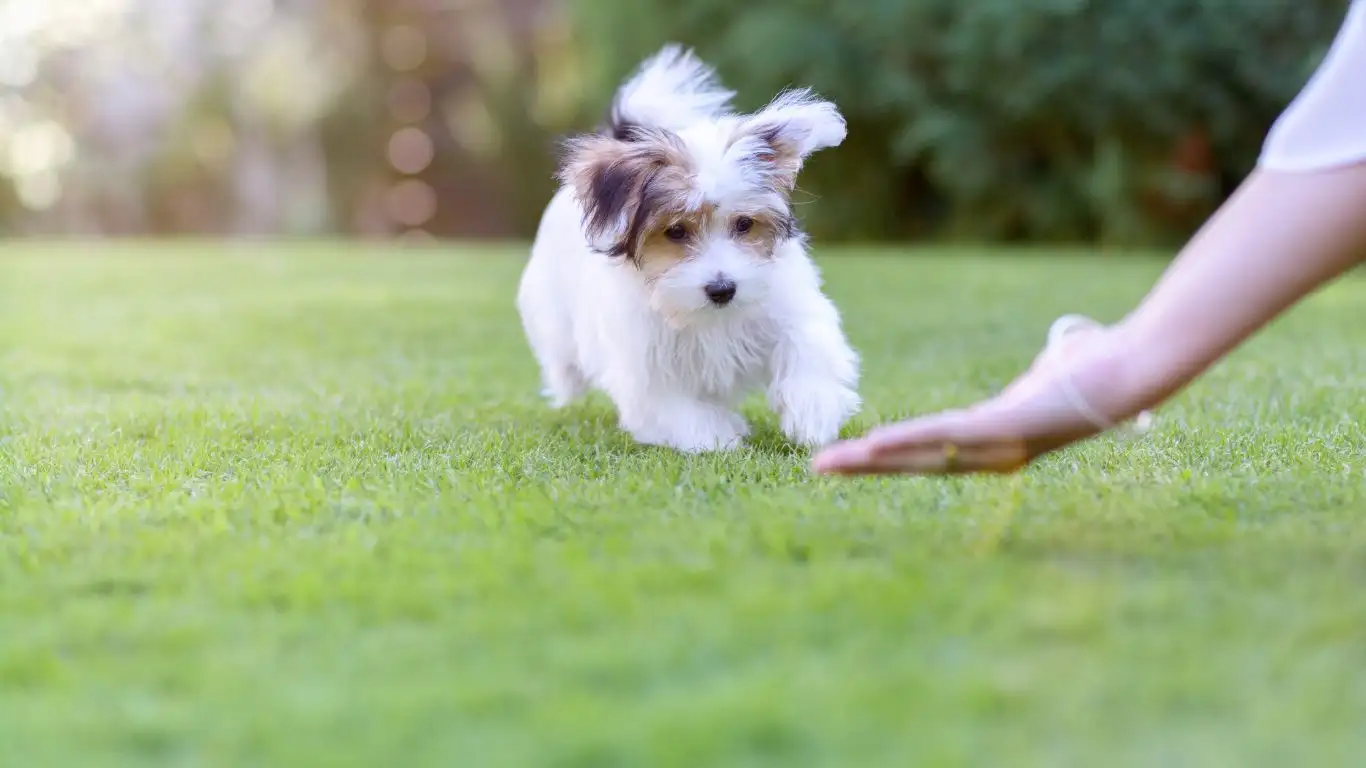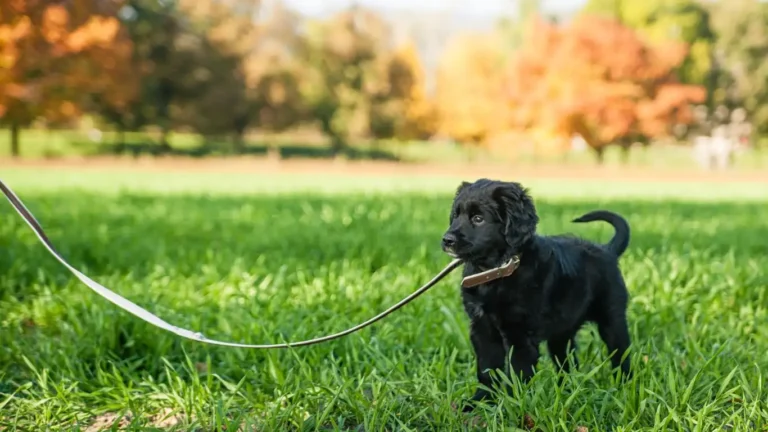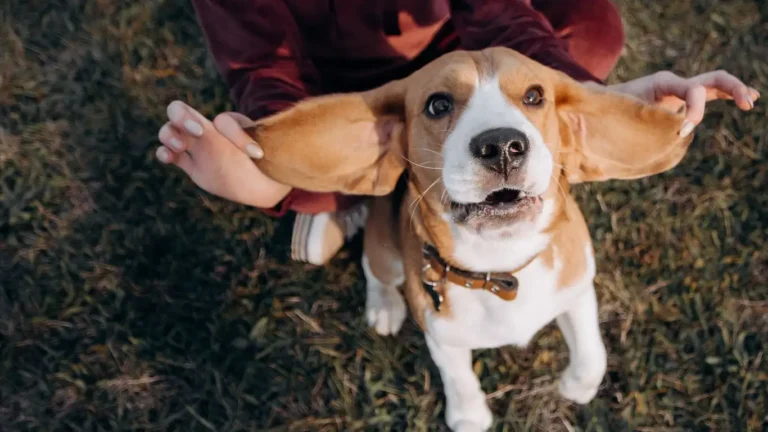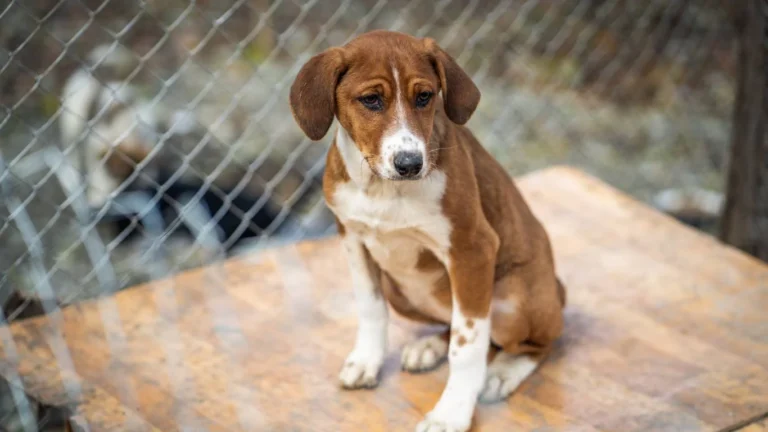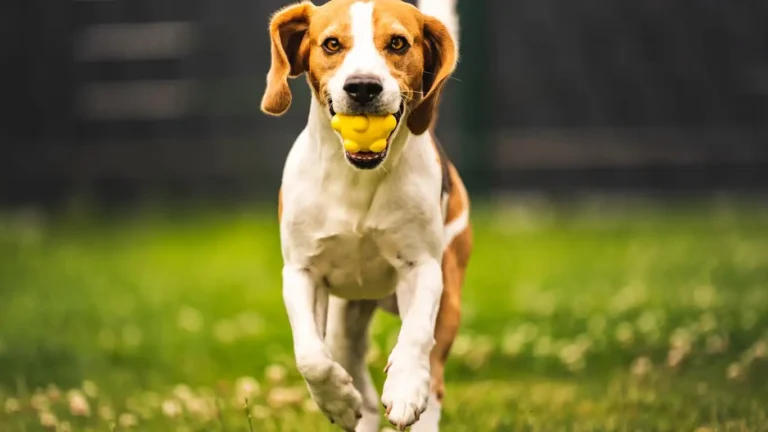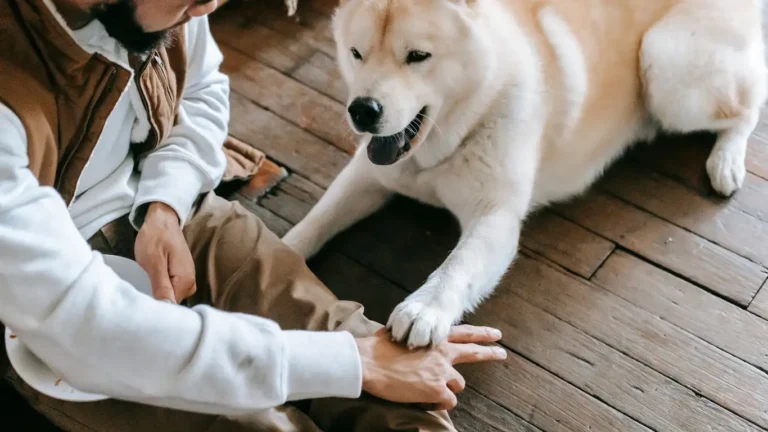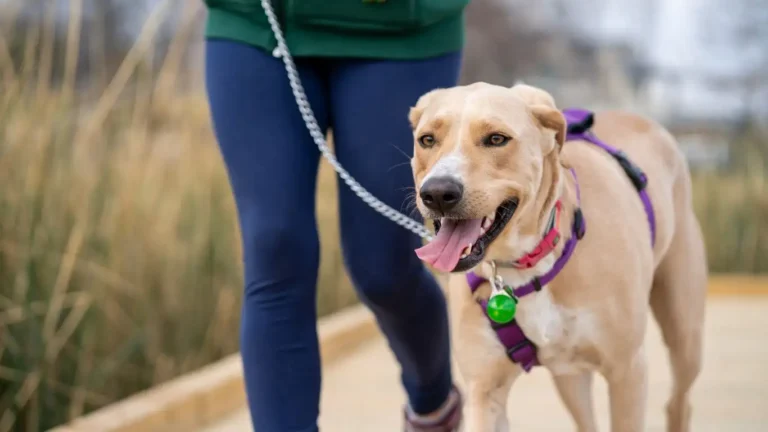Ultimate Guide on How to Train a Dog to Avoid Chewing Shoes Fast
If you’ve ever come home to find your favorite shoes reduced to a slobbery pile of leather confetti, trust me—you’re not alone. One of the most common questions I get as a Canine-Assisted Therapy Trainer is how to train a dog to avoid chewing shoes. Honestly, it’s a totally normal behavior for dogs, especially puppies. But normal doesn’t mean acceptable—especially when your designer heels are involved. Over the years, I’ve helped a ton of pet parents tackle this exact problem, and the good news is: with patience, consistency, and a little dog psychology, it’s absolutely fixable.
Why Dogs Love Chewing Shoes So Much
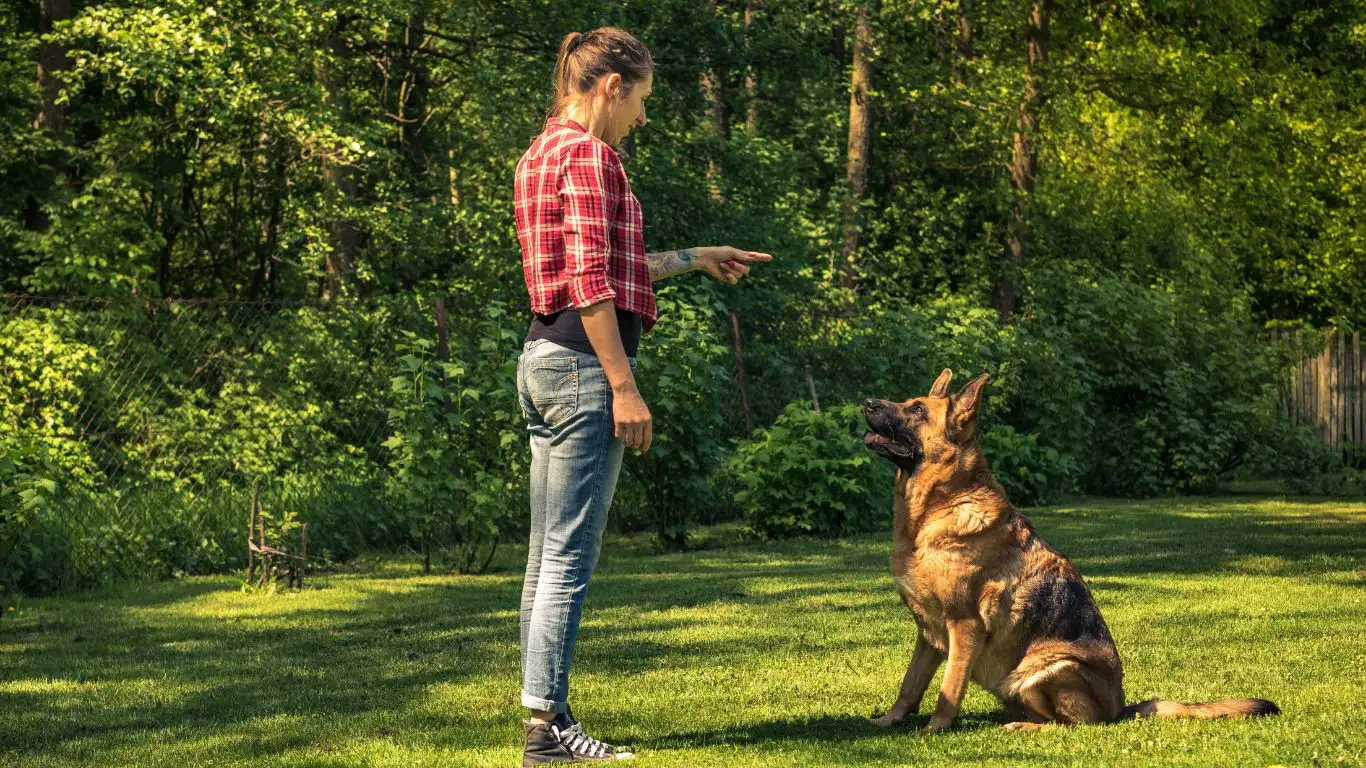
Shoes are like Disneyland for dogs—smelly, textured, and often found in easy-to-reach places. But what’s behind the urge? Let’s break it down.
Scent: Your Shoes Smell Like You
Dogs explore the world through their noses. Your shoes are loaded with your scent, which is comforting (and, apparently, delicious). Especially for dogs with separation anxiety, chewing something that smells like you can be soothing. I once worked with a golden retriever named Marley who would only chew her owner’s running shoes—not the husband’s, just hers. The emotional attachment is real!
Teething or Boredom
Puppies chew when they’re teething—it’s their way of relieving discomfort. But older dogs? It’s usually boredom. If they’re not getting enough mental stimulation or exercise, chewing becomes a form of entertainment. It’s the equivalent of us doom-scrolling social media when we’re bored, except way more destructive (and expensive).
Lack of Boundaries
Some dogs just haven’t been taught the difference between a chew toy and a Jimmy Choo. And unless we show them what’s okay to chew and what’s off-limits, they’re going to keep guessing—and chewing.
Setting the Stage: Prevention is the First Step
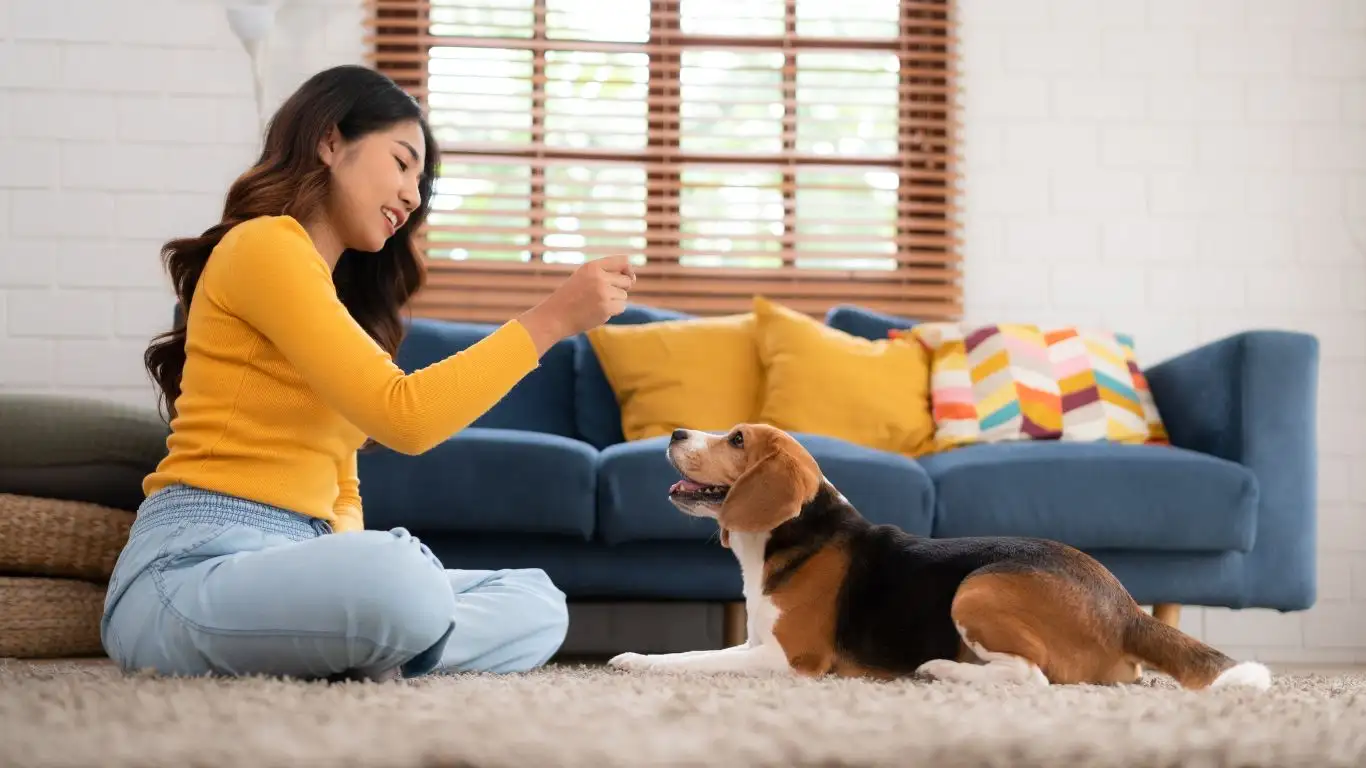
Before we even get into the actual training, prevention has to be your best friend. I always tell my clients: you can’t expect your dog to make good decisions if temptation is everywhere.
Step One: Manage the Environment
- Keep shoes out of reach—Use closets, storage bins, or baby gates to limit access to temptation zones.
- Dog-proof your space like you would for a toddler. If it’s on the floor, it’s fair game in your pup’s eyes.
Step Two: Offer Better Alternatives
- Provide chew-approved toys—Different textures, shapes, and even toys you can freeze for teething puppies.
- Rotate toys to keep things interesting. Just like us, dogs get bored with the same ol’ stuff.
Step Three: Exercise and Engagement
A tired dog is a good dog. I’ve seen chewing behaviors drop dramatically just by increasing daily walks or adding a game of fetch. Mental stimulation is just as important as physical. Try puzzle feeders or scent games to give your pup’s brain a workout.
How to Train a Dog to Avoid Chewing Shoes (The Hands-On Part)

This is where the magic happens. Or rather, the consistent, calm, and clear communication you’ll build with your dog.
Redirection is Key
Whenever you catch your dog in the act—gently redirect. Don’t yell. Don’t punish. Just calmly take the shoe away and offer a toy instead. When they take the toy, praise the heck out of them. “Yes! Good job, buddy!” I literally make a party out of it. Dogs thrive on our reactions.
Use the “Leave It” Command
- Start with a treat in your hand, close your fist and let them sniff. When they stop, say “Leave it” and give them a different treat from your other hand.
- Practice with a shoe nearby, leashed and supervised at first. If they go for it, say “Leave it,” and reward when they turn away.
- Repeat daily. Reps build habits.
Set Them Up for Success
Don’t expect perfection right away. Every dog learns at their own pace. Be patient, and stay consistent. I worked with a rescue beagle who used to hoard and chew shoes like a squirrel prepping for winter. It took 3 weeks of daily practice, redirection, and praise, but eventually, he learned that toys equal fun, and shoes equal “meh.”
Consistency Over Perfection: Why Repetition Matters
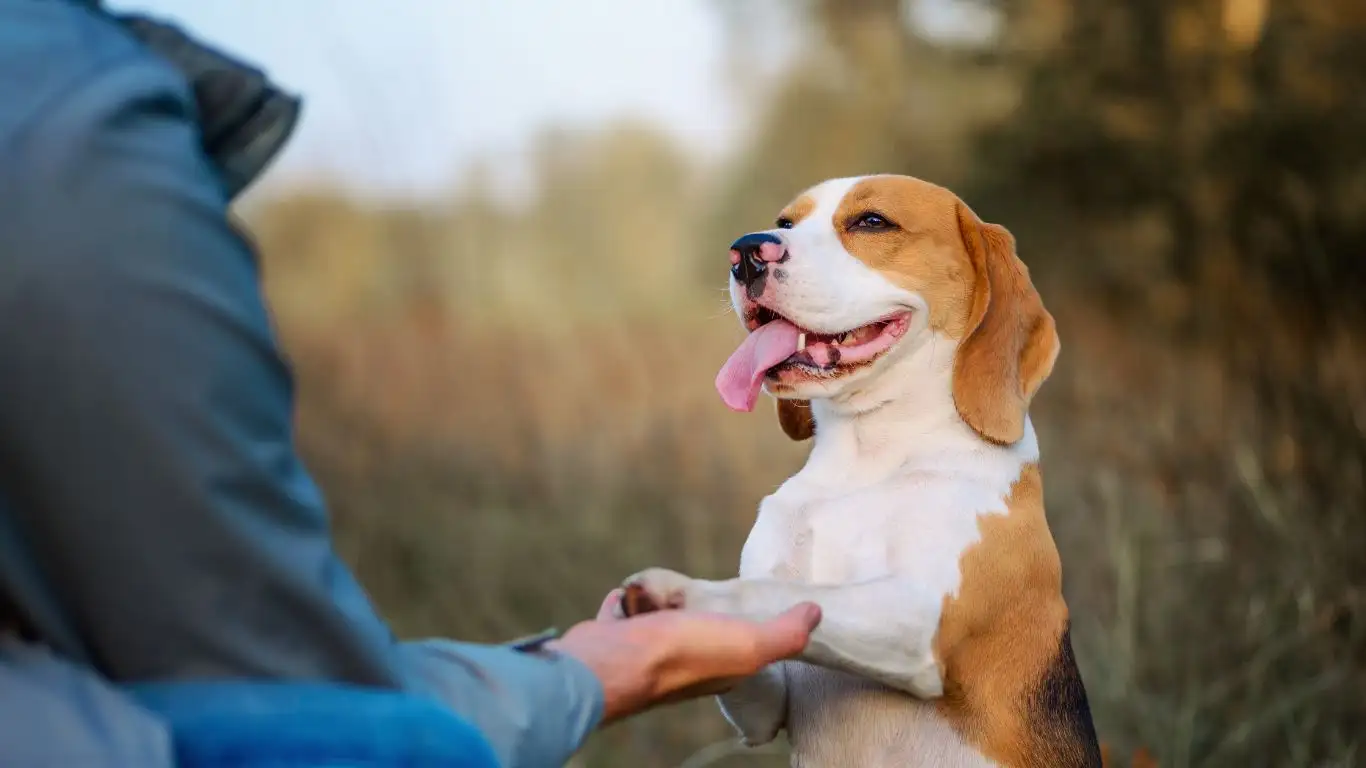
Alright, now that you’ve started practicing “Leave it” and you’re working on redirection, let’s talk about the secret sauce to long-term success—consistency. It’s not the flashiest part of training, but it’s the most powerful. I can’t tell you how many times I’ve seen progress stall simply because the rules kept changing. One day the shoe gets taken away, the next day it gets ignored, and the day after, it’s a scolding. Dogs get confused fast, and confusion doesn’t lead to learning—it leads to anxiety and more chewing.
When I was training a spirited little Jack Russell named Teddy, his owners were all doing things a bit differently. Mom was redirecting, Dad was scolding, and the kids thought it was cute. Once we all got on the same page, Teddy’s shoe-snatching days were behind him within two weeks. Everyone reinforcing the same behavior = fast results.
Tips to Stay Consistent
- Pick one cue word: Whether it’s “Leave it” or “No chew,” make sure everyone in the house uses the same phrase.
- React the same way every time: Calm redirection, followed by praise. No yelling. No yanking.
- Keep toys handy: Have a few chew-approves always within reach to make redirection quick and easy.
Creating a Chew-Friendly Lifestyle
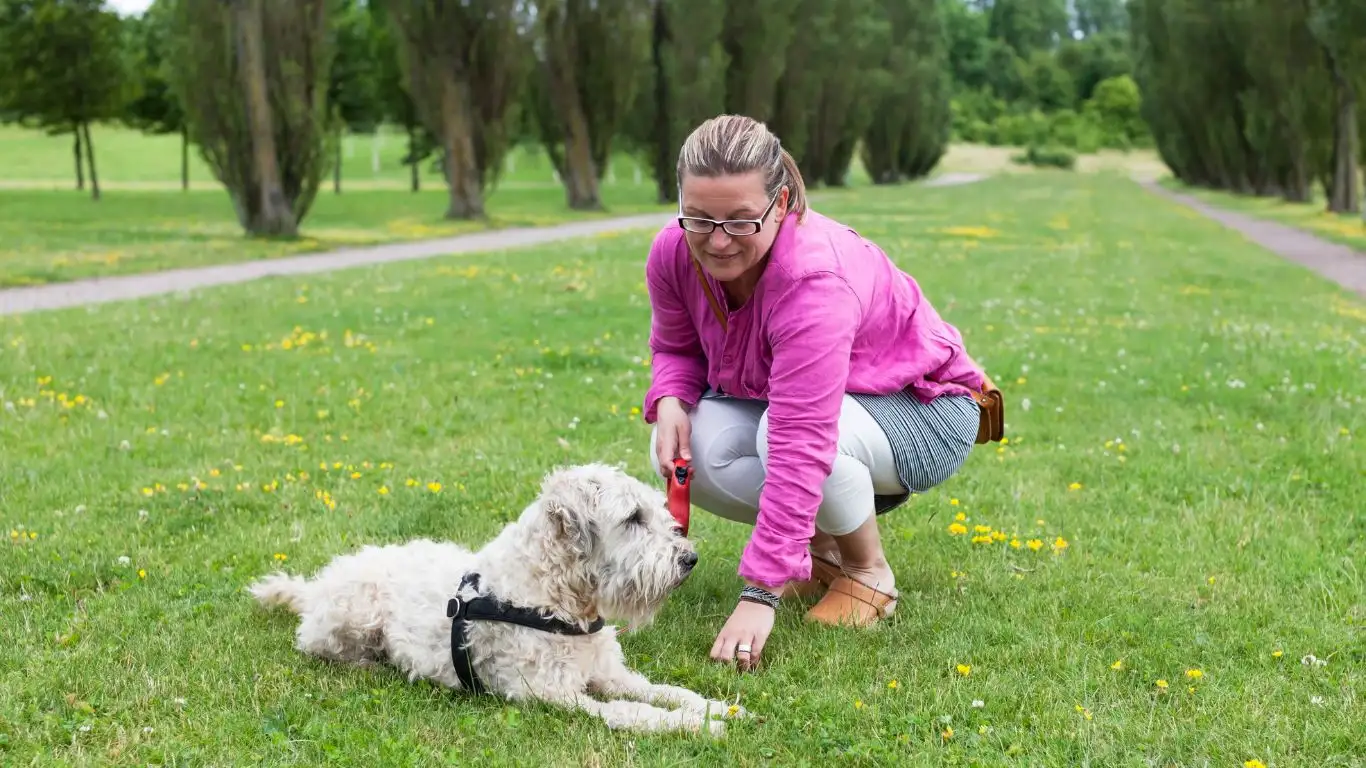
Let’s be honest: no matter how good your dog gets at leaving shoes alone, if their environment is dull or stressful, they’ll slip up. So instead of just reacting to chewing, let’s build a lifestyle that makes shoe-chomping totally unappealing.
Build a Daily Routine
Dogs thrive on structure. A predictable schedule helps them feel secure, which reduces anxiety-based behaviors like chewing. I always recommend a rhythm of exercise, play, rest, and training. Even short bursts of interactive time go a long way.
Use Safe Chewing Outlets
There are a ton of dog-safe chew products on the market—but not all are created equal. Opt for toys made from natural rubber or nylon that are the right size for your dog’s breed. I’ve had great luck with frozen peanut butter in Kong toys—it keeps dogs engaged for ages. One of my lab clients, Bruno, would chew nonstop during thunderstorms. Frozen treats became his go-to comfort during scary nights.
- Try rotating chew toys to keep things fresh
- Use puzzle toys to make chewing a mental challenge
- Avoid rawhide or easily breakable toys—they can be dangerous
Reinforce Calm Behavior
We often forget to praise dogs when they’re just chillin’. Next time your pup is laying calmly near your shoes and ignoring them? Toss a treat and give them a little love. That quiet, non-chewing moment is exactly what we want to encourage. Make it worth their while.
Training Beyond Chewing: Building Better Impulse Control
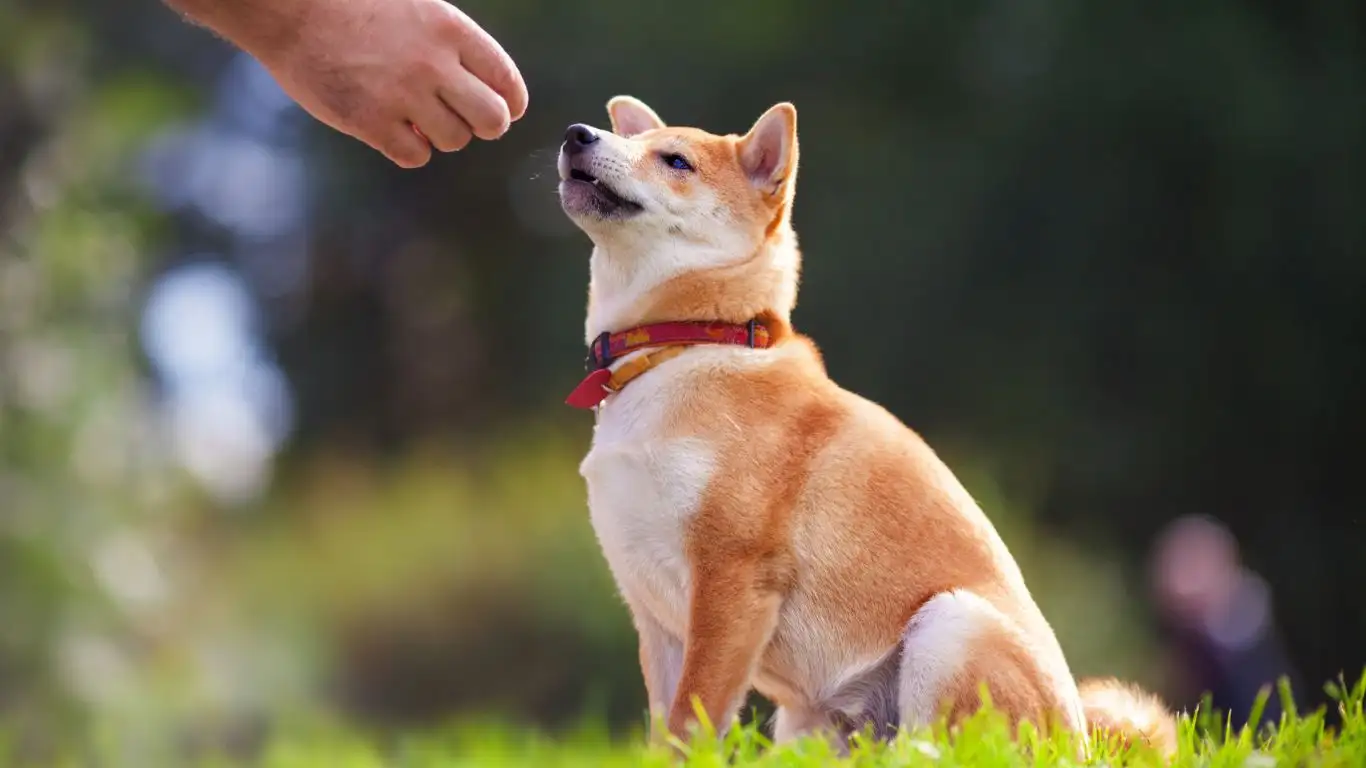
Learning how to train a dog to avoid chewing shoes isn’t just about stopping a habit—it’s a perfect chance to teach impulse control that can apply to all sorts of behavior challenges. Think of it like muscle memory for the brain.
Simple Games That Teach Self-Control
- Wait for the Treat: Hold a treat in your open palm. If your dog tries to grab it, close your hand. Repeat until they wait politely. Then say “yes!” and reward.
- Stay with Distractions: Practice having your dog “stay” with a toy nearby. If they hold the stay, reward with something even better.
- Go to Place: Teach your dog to go to a designated mat or bed when told. This command helps redirect energy and offers a safe space to settle down.
I worked with a border collie named Luna who used to steal shoes right before her walk—like clockwork. We taught her to “Go to your mat” before putting on the leash, and she totally stopped the shoe-grabbing ritual. Why? Because she had a new job to focus on instead.
Keep It Fun and Positive
Training shouldn’t feel like a bootcamp. Keep sessions short (5–10 minutes), end on a win, and always throw in some play afterward. Your dog will start seeing training time as bonding time, not punishment.
And remember: slip-ups will happen. Maybe your pup chews one last sneaker while you’re in the shower. Don’t freak out. Training isn’t linear. Each mistake is just another learning opportunity—for both of you.
Handling Setbacks and Troubleshooting Common Issues
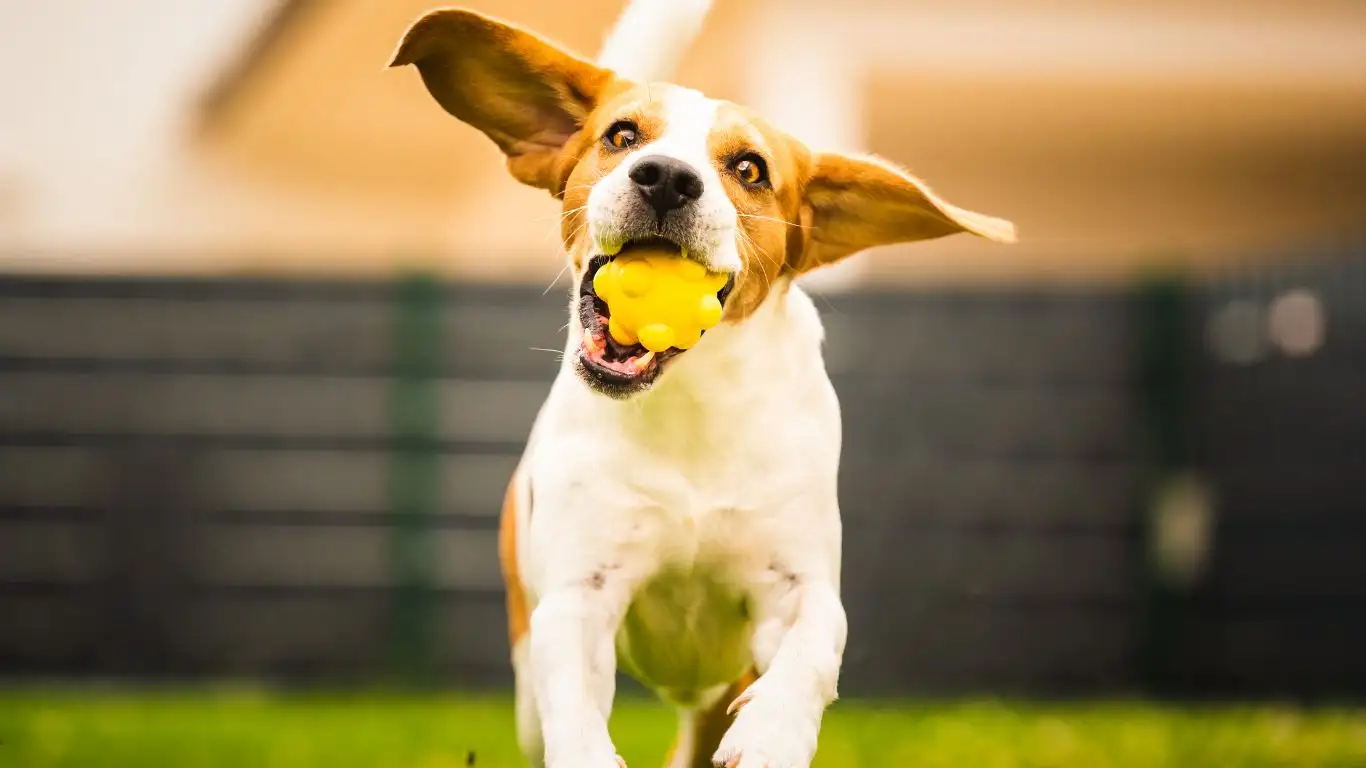
Let me be real with you: no training journey is 100% smooth sailing. Even the best-behaved dogs sometimes slip up and grab a shoe when your back is turned. That’s totally normal, and it’s important not to get discouraged or lose patience. I’ve been there plenty of times with my own dogs and clients’ pups alike.
When your dog takes a step backward, remember it’s not a failure—it’s feedback. It tells you where the training needs a little extra love or adjustment. Here are some common hiccups and how to tackle them.
Problem: Dog Chews Shoes When You’re Not Home
One of the trickiest problems because you’re not around to intervene. This usually signals separation anxiety, boredom, or lack of proper outlets.
- Solution: Make sure your dog is exercised and mentally tired before you leave. Leave interactive toys or treat puzzles to keep them busy.
- Consider crate training if done humanely—it provides a safe space and reduces destructive behavior.
- For severe anxiety, professional help from a behaviorist or trainer (like myself) can be a game changer.
Problem: Dog Ignores “Leave It” Command
This one can be frustrating but often just means you’re rushing the process or not rewarding enough.
- Go back to basics with low-distraction environments and super tasty treats—think small pieces of chicken or cheese.
- Practice multiple short sessions throughout the day instead of one long one.
- Remember, patience and consistency are everything.
Problem: Dog Eats Shoes Even When You Redirect
Sometimes, dogs really love their “forbidden fruit” and might resist redirection out of stubbornness or stress.
- Make sure the alternative you offer is genuinely more interesting—a favorite toy, frozen treat, or a game of tug.
- Use a firm but calm voice. No yelling, no chasing. Calm and confident leadership works wonders.
- Increase exercise and mental challenges to lower stress and excess energy.
Expert Tips From My Canine-Assisted Therapy Training Experience
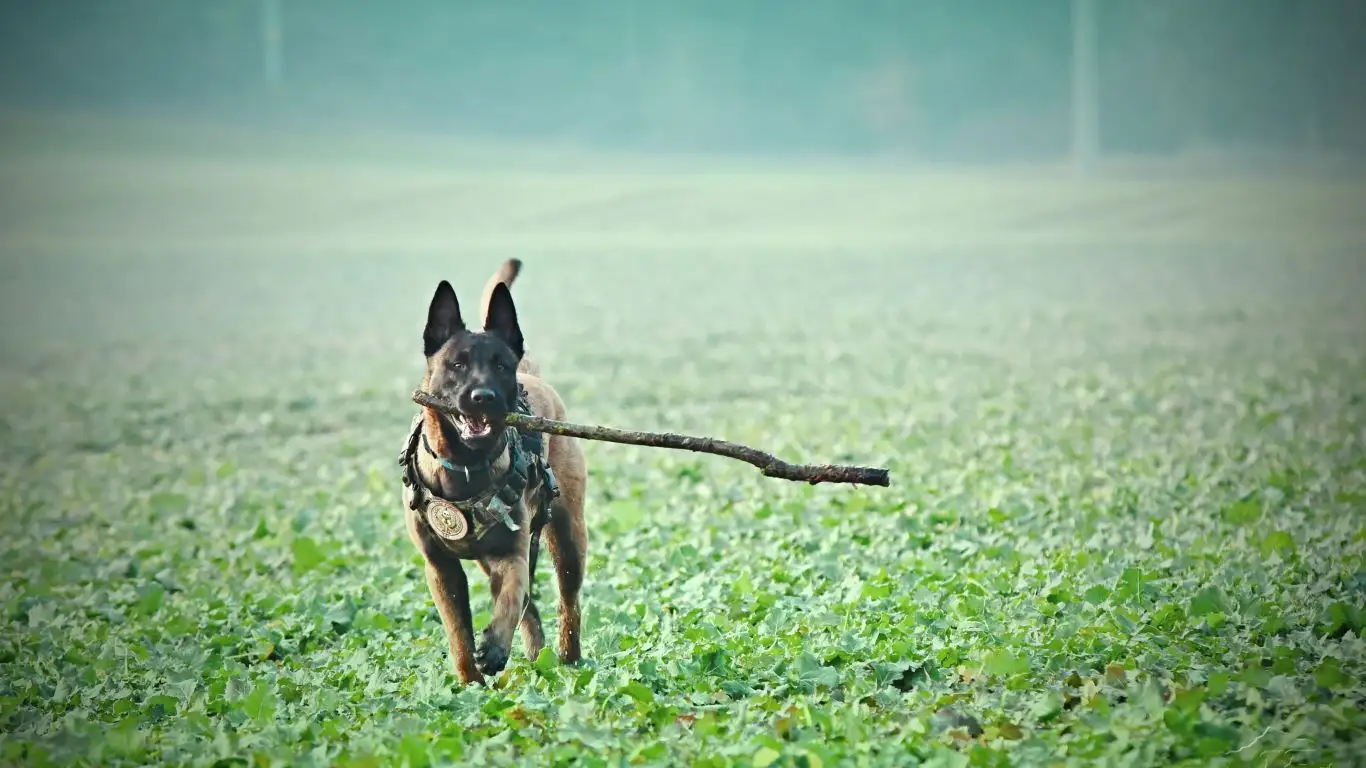
Working in canine-assisted therapy gave me a front-row seat to see how dogs respond to structure, kindness, and clear communication. It’s not just about teaching a dog to stop chewing shoes—it’s about building trust and respect that lasts a lifetime.
Here are a few nuggets I’ve picked up that you might not find in every training manual:
- Understand your dog’s triggers: Just like people, dogs have emotional triggers. For some, shoes represent comfort or stress relief. Addressing the underlying emotions often helps more than just the surface behavior.
- Make training a game: Dogs learn fastest when they’re having fun. Use play, toys, and lots of praise to turn training sessions into bonding moments instead of chores.
- Be patient and empathetic: Every dog’s past and personality shape their behavior. Some need more time, others respond quickly. Respect their pace.
- Celebrate small wins: Progress might look like ignoring one shoe out of ten. That’s a huge step. Celebrate it like you just won the lottery.
When to Seek Professional Help
If you’re feeling stuck, frustrated, or overwhelmed, don’t hesitate to reach out to a qualified dog trainer or veterinary behaviorist. Sometimes what looks like stubborn chewing can be a sign of anxiety, pain, or other medical issues that need expert attention.
Professionals can also provide tailored plans and hands-on coaching to make the journey smoother. In my years of training therapy dogs and working with pet owners, I’ve seen how a little expert guidance can transform the relationship between dogs and their humans.
References
Disclaimer
This article is intended for informational purposes only and does not replace professional veterinary or behavioral advice. Every dog is unique, and training methods should be tailored to individual needs. If you have concerns about your dog’s behavior or health, please consult a qualified veterinarian or certified dog trainer.
